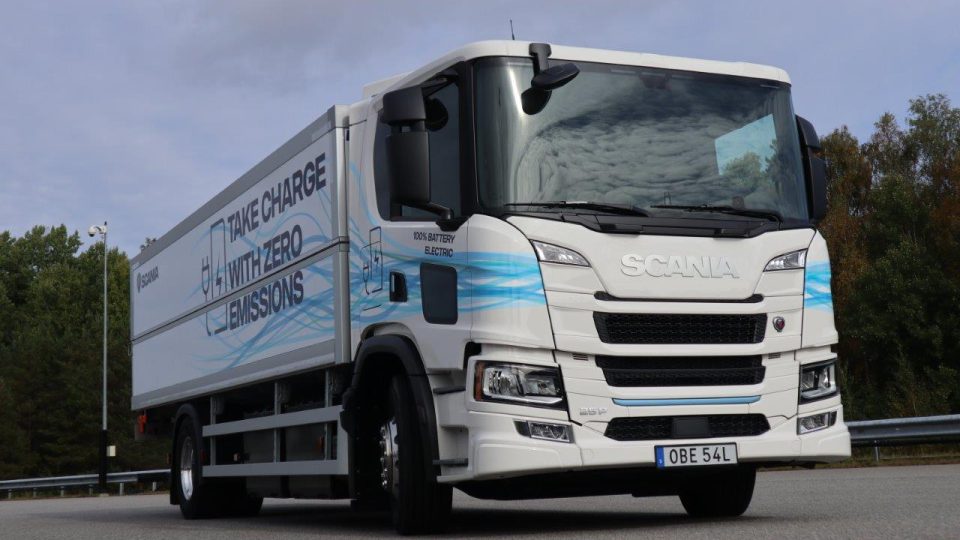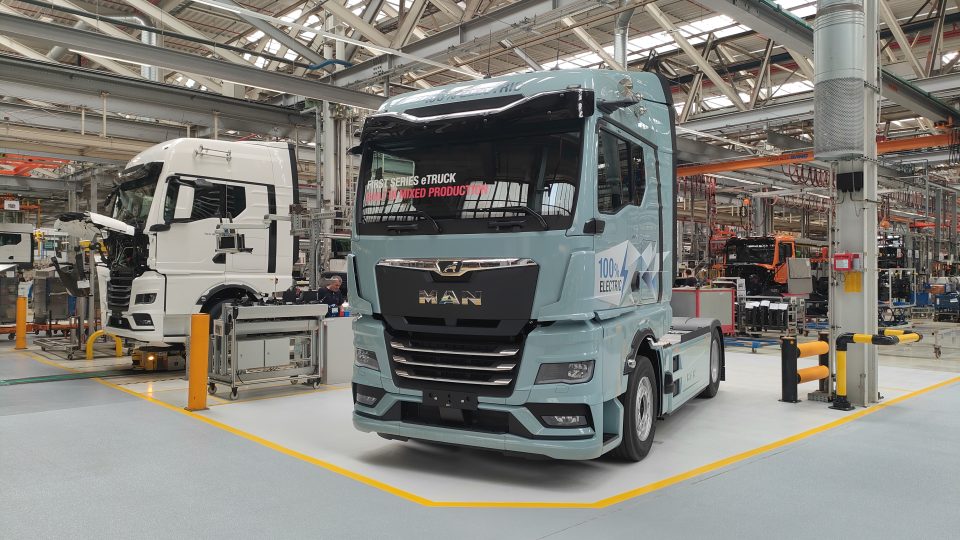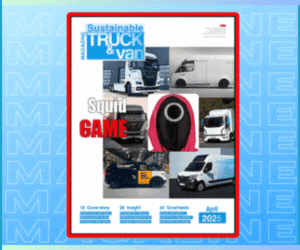Brand-new hybrid powertrain for the next generation of Scania hybrid trucks
The GE281 is a Gearbox Electric machine with seamless power transmission and capacity for dealing with GVWs of up to 36 tons without support from the combustion engine. But it also works the other way: since the electric machine is always supporting the combustion engine at take-off and acceleration, the combustion engine can be downsized in both volume and power output.
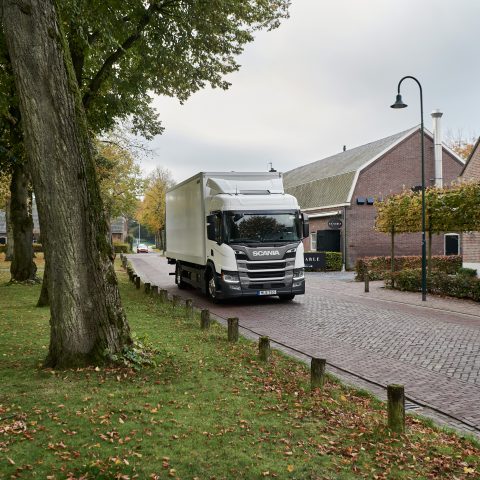
For the next generation – the fourth – of Scania hybrid trucks, the Swedish manufacturer introduces a new concept of hybrid powertrain, with the clear aim of improving the eco-friendly impact of a technology that is expected to act as a support in view of decarbonization (here’s the news about Scania joining The Climate Pledge). The latest hybrid truck generation from Scania can now be ordered as hybrid (HEVs) and as plug-in hybrid (PHEVs), available in P, G and L series cabs. The DC07 combustion engine is available in three power outputs, as is the DC09 engine. All Scania Euro 6 engines can run on hydrotreated vegetable oil (HVO), though some can also run on biodiesel FAME.
Scania hybrid trucks: the GE281 for electric power
What’s truly remarkable is the GE281, a Gearbox Electric machine with seamless power transmission and capacity for dealing with GVWs of up to 36 tons without support from the combustion engine. But it also works the other way: since the electric machine is always supporting the combustion engine at take-off and acceleration, the combustion engine can be downsized in both volume and power output. Hybridisation means fuel savings of up to 40 percent in city areas compared with traditional powertrains. More into technical details, Scania’s GE281 offers 230 kW continuously and 290 kW as peak power output, while the maximum torque is 2,100 Nm. It has six forward gears but no traditional clutch, since a planetary gear takes care of that process, providing torque interruption-free gear shifts. This solution also provides for excellent creep drive capabilities at low speeds and the PTO can be engaged while the truck is moving, in electric as well as combustion engine mode.
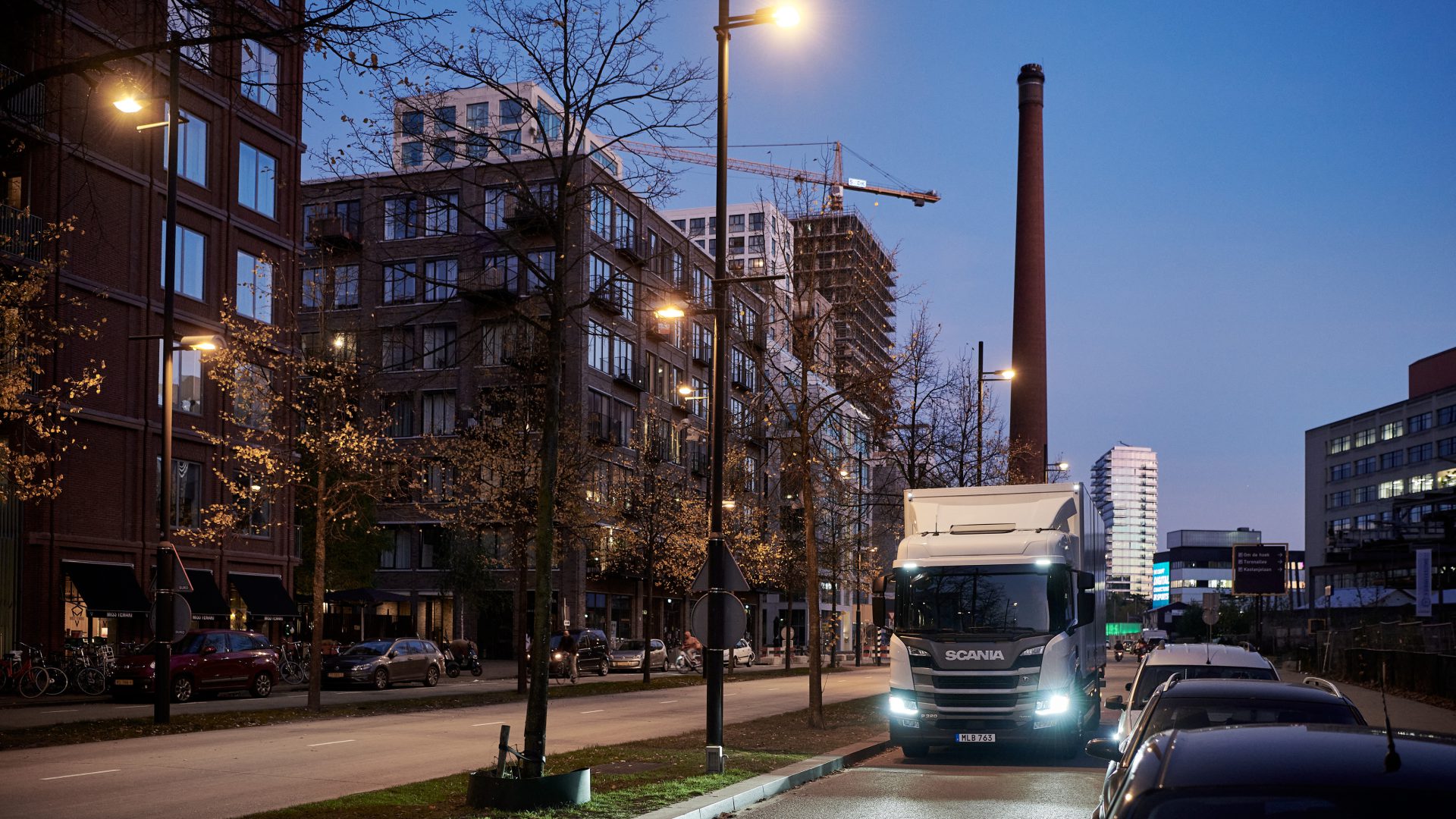
«The GE281 is something brand new in the heavy truck industry», says Fredrik Allard, Senior Vice President and Head of e-mobility at Scania Sales & Marketing. «With this fourth generation of hybrid trucks from Scania, we have reached a point where hybrids are strong candidates for a variety of applications and operations where sustainability and smart solutions are the main priorities. These new hybrids have the capacity for taking on a multitude of tasks and will come out on top in all kinds of relevant comparisons. With the GE281, we have reached a new level. The electric machine equals or often exceeds what the combustion engine can offer, thus creating the opportunity to downsize the internal combustion engine and save both fuel and weight. The ICE is only motivated by its capability to offer the range needed when travelling longer legs between different assignments».
Battery size and technical features of the PHEV and HEV
The plug-in hybrid vehicles have an installed battery capacity of 90 kWh (3 x 30 kWh batteries), while the hybrid version has one 30 kWh battery. The first one can be fully charged in 35 minutes when using a 95 kW DC charger. That means the vehicle can be charged at depots and during breaks or loading sessions. A hybrid truck with a downsized engine – from DC09 to DC07 – will actually have a payload that is 250 kg higher compared to its ICE sibling; the hybrid will only add a net weight of 750 kg, while one ton of extra weight is allowed for electric vehicles in the EU.
Potrebbe interessarti
Stefano Fedel is the new Head of Sales and Marketing at Scania
«These Scania hybrids are a smart way to make great strides towards full electrification and a sustainable transport system», added Ema Ceco, Product Manager e-mobility, Scania Sales & Marketing. «They also offer the best of what is available today when it comes to flexibility and usability».




